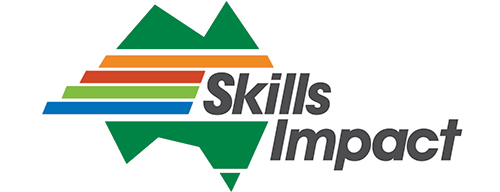We are seeking your feedback on projects that have been proposed for 2020 – 2021 and specific changes to the industry environment that have been identified in this year’s Annual Update to the IRC Skills Forecast and Proposed Schedule of Work (Skills Forecast).
This year’s Annual Update includes information about employers’ use of training packages and qualifications, barriers to hiring apprentices and trainees, and reasons behind non-completion rates. It also looks at alternative training being delivered, some of which draws on the training package, but is not delivered by registered training organisations.
Proposed projects are summarised below. Feedback is being collected up until 8 April 2020.
The draft Annual Update will be submitted from the Meat Industry Reference Committee to the Australian Industry and Skills Committee (AISC) at the end of April, for their consideration.
Proposed Schedule of Work 2019 – 2022
2020-21
Project 1: Meat Rendering
Rendering processes offer a safe and effective way to transform animal by-products into a range of valuable proteins, minerals and oils. The Meat IRC recently investigated, through research and consultation, the viability of the Certificate III in Meat Processing (Rendering) to better understand why enrolments in this qualification are declining, while enrolment in individual rendering units are higher. Direct discussions with employers organised through the Australian Renderers Association and with all 17 RTOs revealed that the qualification needs to be reviewed to ensure that changes in technology and trends in international markets are addressed. In addition, two to three skill sets may need be developed to allow for stand-alone delivery of the rendering units. One new unit of competency may also need to be developed, covering product quality checks.
Project 2: Electric Slicing Skills (Meat)
The majority of retail butchers use electric slicers to cut both fresh and cooked meats. There are specific skills and knowledge required of workers to safely and effectively use the equipment, to prevent injury and cross-contamination. Currently, there is no unit within in the Certificate III in Meat Processing (Retail Butcher) that covers the use of an electric slicer for a meat retail premises. There is a unit from the smallgoods manufacturing sector which may be suitable, titled AMPS207 Slice product using simple machinery. The unit application states the unit is for use in a smallgoods manufacturing establishment, so reviewing and updating this unit to a cross-sector meat industry unit is necessary. This would mean there would be no need to create a new unit. Instead, the updated unit could be used by retail and other sectors such as poultry, and could also be imported by other training packages such as the FBP Food, Beverage and Pharmaceutical Training Package.
Project 3: Pre-Rendering Meat Processing Technologies
In the rendering sector, different machines are used to reduce hard and soft tissue to a required size for processing. Sophisticated technologies and techniques are used to convert animal by-products into a range of edible and inedible products. To cover the full range of machinery used it is recommended that the term “size reduction equipment” is used. The units AMPA2158 Operate hogger and AMPA2159 Operate blow line have been identified as using language and terminology that is no longer used by industry, as well as containing redundant performance criteria that is already covered elsewhere in other units. This project would review and update these units to ensure they are current and accurately represent the skills and knowledge required of industry.
Project 4: Training and Assessment Support Materials
This project is for the development of contextualised training and assessment support materials for up to 35 units of competency, that have been identified as high priority for the industry. The project will improve consistency of training delivery and assessment across the industry, as well as supporting established and new RTOs to deliver quality services.
